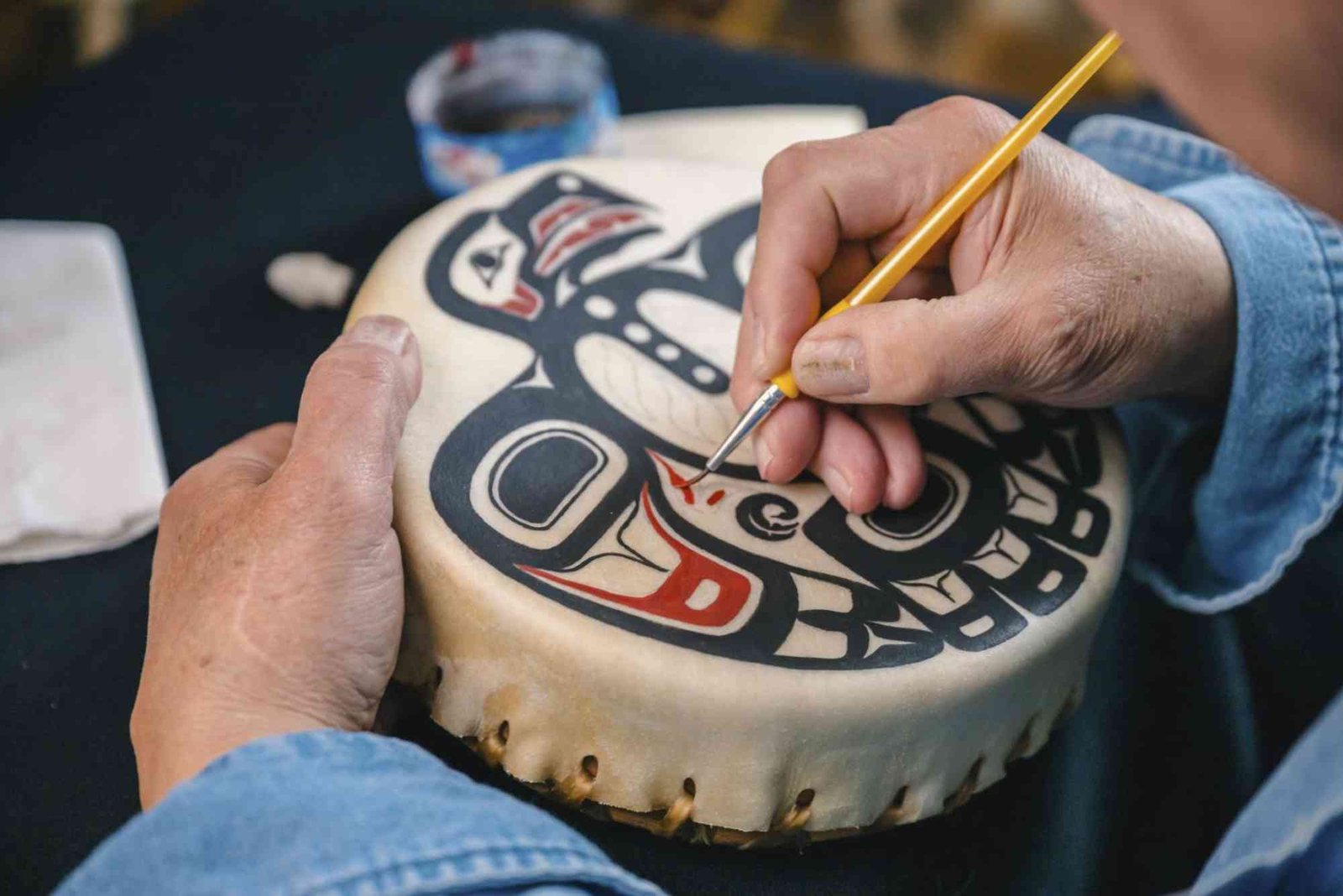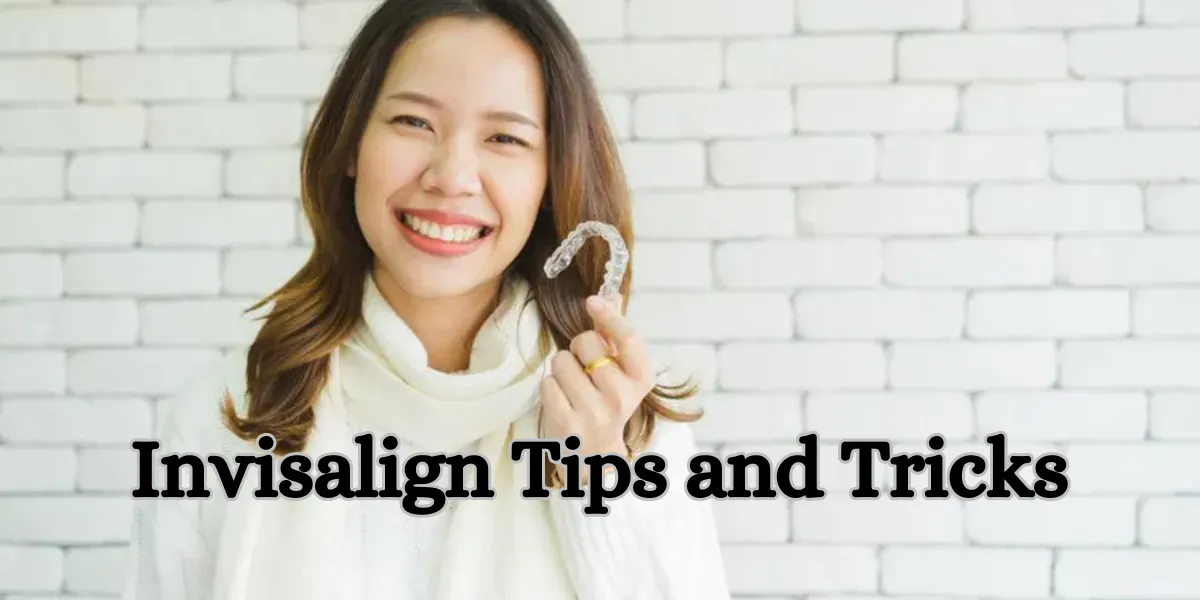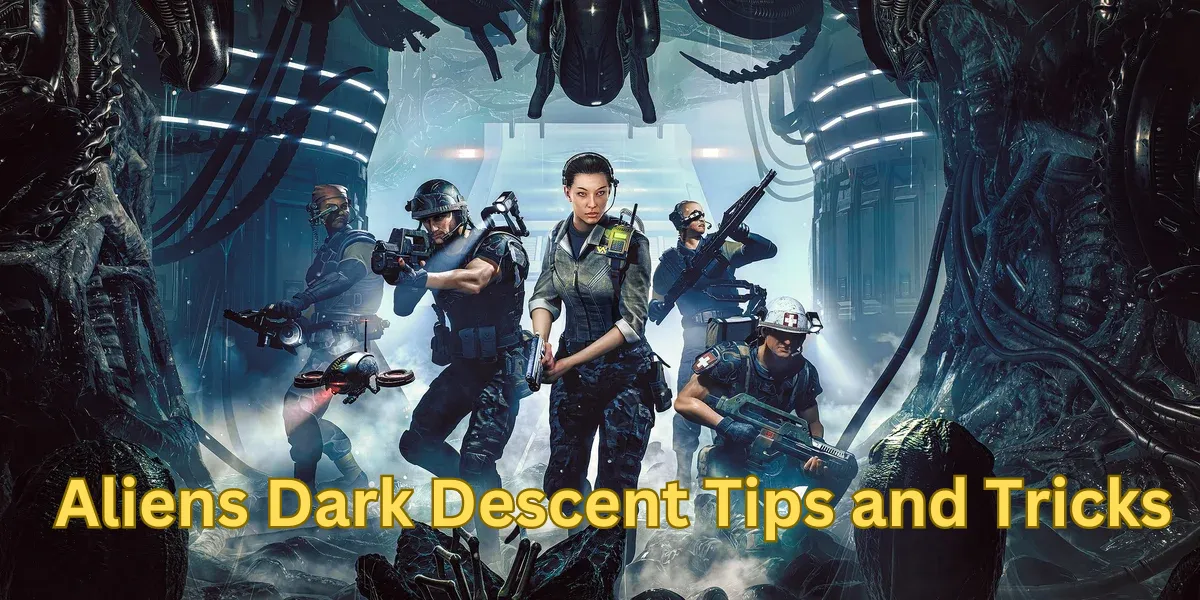Introduction
Canada’s cultural landscape is incredibly rich, shaped by the deep history and vibrant traditions of Indigenous Peoples. Today, more travellers and Canadians are seeking meaningful ways to appreciate this heritage, often through art. Understanding where to begin can be confusing, especially when authenticity matters. This guide on Canada culture buy: finding authentic Indigenous art offers a clear, practical, and respectful approach for anyone hoping to purchase genuine First Nations, Inuit, or Métis artwork. With the right knowledge, buyers can support Indigenous artists, strengthen communities, and bring home pieces with real cultural value.
Why Authentic Indigenous Art Matters
Buying authentic Indigenous art is more than a purchase. It is a connection to a living culture. Indigenous artwork reflects land, stories, identity, and spiritual knowledge passed down for generations. When buyers choose authentic pieces, they uplift artists and help preserve traditions. At the same time, authenticity protects buyers from mass-produced imitations that hold no cultural meaning. Many factory-made items misuse sacred symbols and cause cultural harm. Understanding the difference ensures every purchase is both respectful and meaningful.
How to Recognize Authentic Indigenous Art
Identifying genuine Indigenous art is essential for anyone exploring Canada culture buy: finding authentic Indigenous art. Authentic pieces are created by artists who are members of First Nations, Inuit, or Métis communities. These artists often work in styles connected to their cultural heritage. Authenticity is not about aesthetics alone. It is about the story behind the piece, the artist’s identity, and how the artwork was created. One of the most reliable ways to confirm authenticity is by researching the artist. Authentic artists provide their name, nation, and sometimes the story behind their work. Art sold with no author or clear origin is often inauthentic. Materials also matter. Inuit carvings, for example, use serpentine, soapstone, or whalebone, while West Coast artists may use red cedar, alder, or yellow cedar. Handmade items show texture, tool marks, and natural variation. Mass-produced items look identical and lack these subtle differences. When in doubt, buyers should ask questions about the artist’s background and process. Reputable sellers welcome these discussions.
Supporting Indigenous Communities Through Ethical Purchases
Purchasing authentic art directly benefits Indigenous artists and their families. When money goes straight to the creator or an Indigenous-owned gallery, it strengthens local economies and supports cultural continuity. Ethical buying also means respecting the stories behind each piece. Some symbols and designs hold spiritual meaning and should not be used commercially. Ethical sellers explain what is appropriate for buyers and what should remain within the community. This creates trust and prevents cultural harm. Ethical buying is a core part of Canada culture buy: finding authentic Indigenous art. It ensures the artwork’s value is not just aesthetic but rooted in genuine respect.
Understanding Regional Differences in Indigenous Art
Indigenous art in Canada is diverse. Each region has its own materials, techniques, and visual language. Understanding these differences helps buyers appreciate the depth of each tradition. First Nations art from the Northwest Coast is known for formline designs and bold colours. Artists carve masks, poles, paddles, jewelry, and bentwood boxes. These pieces often represent clan crests like Raven, Eagle, or Bear. Inuit art from the Arctic is distinct, featuring stone carvings, prints, textiles, and contemporary media. Popular themes include animals of the North, daily life, and mythology. Many collectors value Inuit prints for their unique collaborative creation process. Métis art blends First Nations and European influences, often featuring beadwork, embroidery, and floral motifs. Métis artists also create fiddle music and contemporary mixed-media art. Understanding these regional styles makes the experience of Canada culture buy: finding authentic Indigenous art far more meaningful.
How to Buy Indigenous Art Responsibly
Responsible buying goes beyond identifying authenticity. Buyers should choose sellers who commit to transparency. Indigenous-owned galleries, community co-operatives, museum shops, and cultural centres are strong choices because they work directly with artists. Fair pricing also matters. Authentic Indigenous art is handmade and takes time. Buyers should be wary of unusually low prices. Proper documentation is another key aspect. Authentic pieces often come with artist bios, certificates, or cultural context. These materials protect the buyer’s investment and preserve the artwork’s story. Responsible buying also includes understanding the difference between traditional art and contemporary Indigenous expression. Modern Indigenous artists blend ancestral knowledge with new styles, mediums, and themes. Their work is just as authentic and deserves recognition. Responsible buyers appreciate both traditions and modern innovation within Canada culture buy: finding authentic Indigenous art.
Key Questions to Ask Before Buying
Asking thoughtful questions helps ensure a respectful purchase. Buyers may ask the seller about the artist’s nation and community. They can ask how the piece was made, what materials were used, and whether the story behind the work is appropriate to share. Good sellers offer clear and honest answers. These conversations enrich the buying experience and help build a connection between the buyer and the artwork. Asking questions also protects buyers from misrepresentation. For example, some mass-produced items include vague phrases like “Native-inspired” or “Indigenous-style.” These are red flags. Authenticity requires a direct link to an Indigenous artist, not a style alone.
Why Prices Vary in Indigenous Art
Indigenous art prices differ widely. Several factors affect cost, including materials, time invested, the artist’s reputation, and the rarity of the style. Inuit stone carvings take hours or weeks to create, especially in detailed or larger pieces. Northwest Coast masks require skill in carving and painting, often using designs with deep cultural meaning. Beadwork requires patience, precision, and sometimes months of labour. Buyers should remember that they are not only purchasing art. They are supporting the artist’s livelihood and cultural preservation. This perspective reinforces why authenticity is central to Canada culture buy: finding authentic Indigenous art.
Cultural Respect and Responsible Display
Once buyers bring an authentic piece home, it is important to display it respectfully. Some artworks represent stories or spirits that hold cultural weight. While many pieces are made for public enjoyment, others require careful placement. Buyers can ask sellers whether the piece has any cultural considerations. Respectful display keeps the artwork’s integrity intact and honours the artist. Cleaning and caring for artworks is also important. Wood carvings may require occasional conditioning. Stone pieces should be handled gently to avoid scratches or chips. Proper care helps preserve the value of each piece for years to come.
The Growing Demand for Indigenous Art in Canada
Interest in Indigenous art is rising across Canada. Travelers want ethical souvenirs. Collectors value handmade pieces with cultural meaning. Canadians seek ways to understand the history of the land they live on. This growing demand makes it even more important to learn about authenticity. Increased demand has also encouraged more Indigenous artists to share their work, blending tradition with modern expression. This evolution enriches Canada’s cultural landscape and gives buyers more opportunities to support authentic creators.
How Canada Culture Buy Trends Support Reconciliation
Supporting Indigenous artists is a meaningful step toward reconciliation. When buyers choose authentic work, they acknowledge the value of Indigenous knowledge and creativity. They contribute to economic independence and cultural resilience. Reconciliation is not only about policies. It is also about everyday choices. Choosing authentic art is one way to uplift Indigenous voices and build stronger connections between communities. This mindset is central to the theme of Canada Places culture buy: finding authentic Indigenous art. It encourages buyers to think with both their hearts and minds.
Frequently Asked Questions
How can I tell if Indigenous art is authentic?
Authentic art comes from recognized Indigenous artists who share their name, nation, and story. Ask for documentation, look for handmade quality, and avoid items labeled only as “Native-inspired.”
Why is authentic Indigenous art expensive?
Each piece is handcrafted, often using traditional methods and materials. The price reflects time, cultural knowledge, and the artist’s skill.
Can non-Indigenous people buy Indigenous art?
Yes. Buying authentic Indigenous art supports artists and communities. Many artists welcome non-Indigenous buyers who show respect for the culture and story behind each piece.
What materials are commonly used in Indigenous art?
Materials vary by region. Inuit artists use stone, bone, and prints. Northwest Coast artists use cedar, copper, and paint. Métis artists often create beadwork and textiles.
Is contemporary Indigenous art considered authentic?
Absolutely. Contemporary Indigenous art carries cultural identity and personal expression. Authenticity depends on the artist, not the style.
Canada culture buy: finding authentic Indigenous art is a journey of discovery, respect, and cultural appreciation. By learning about authenticity, regional styles, and ethical buying practices, shoppers can make meaningful choices that support Indigenous artists and preserve cultural heritage. Each purchase becomes a connection to stories, communities, and traditions that continue to shape Canada. If you are ready to explore this world with respect and curiosity, start your journey today. Support authentic creators, celebrate Indigenous culture, and bring home art with a story worth sharing.




